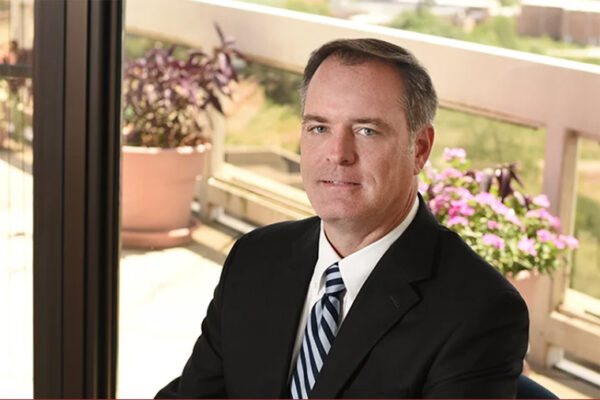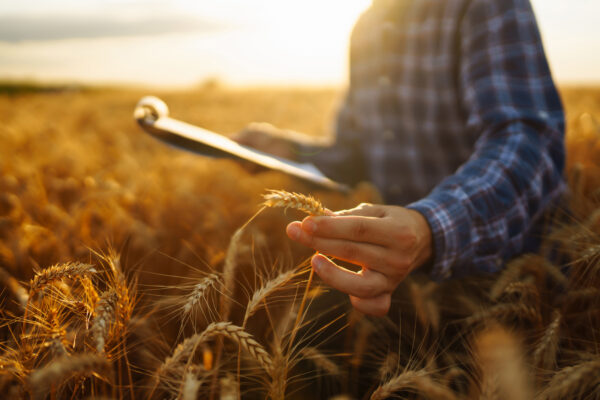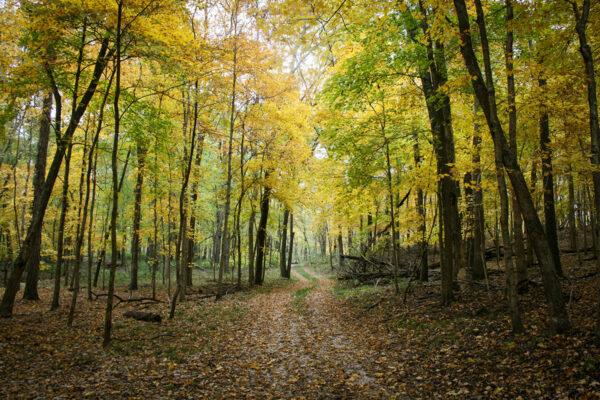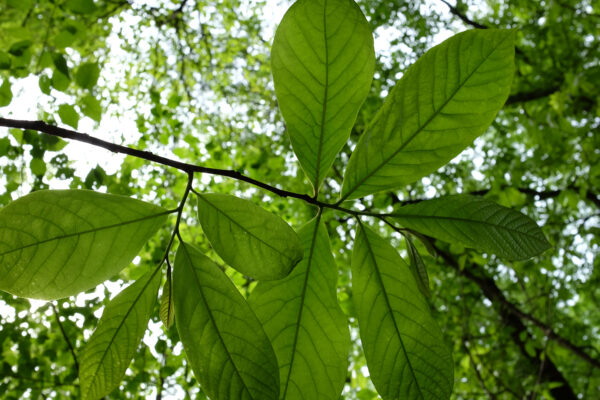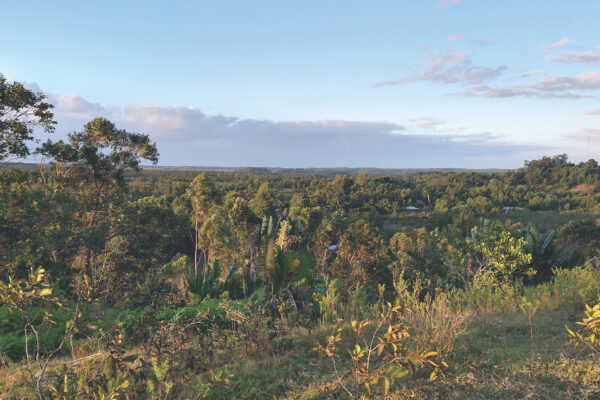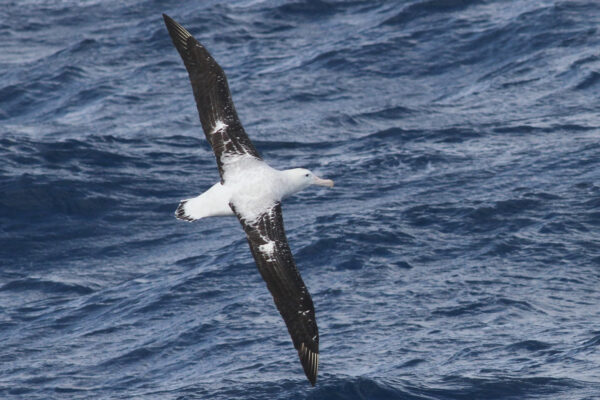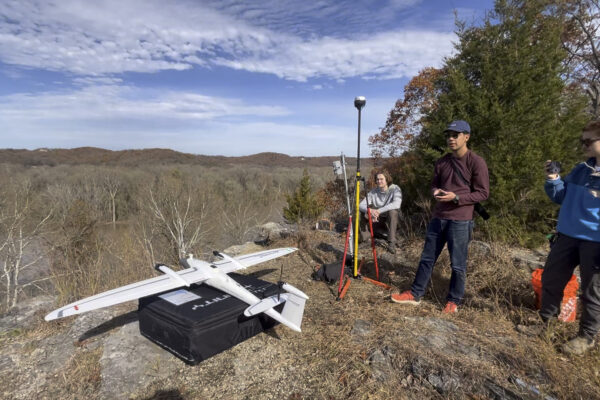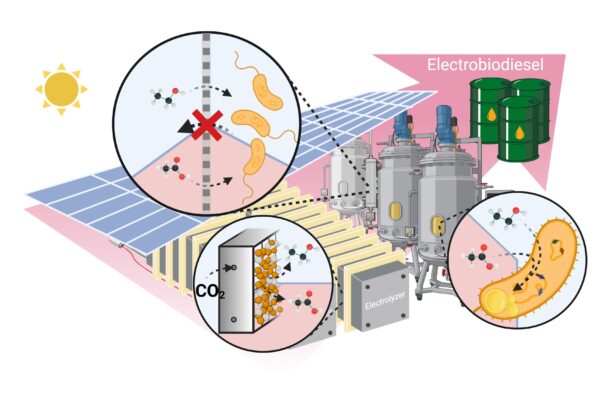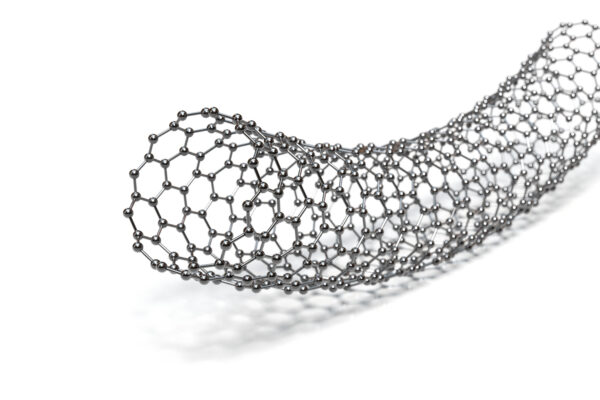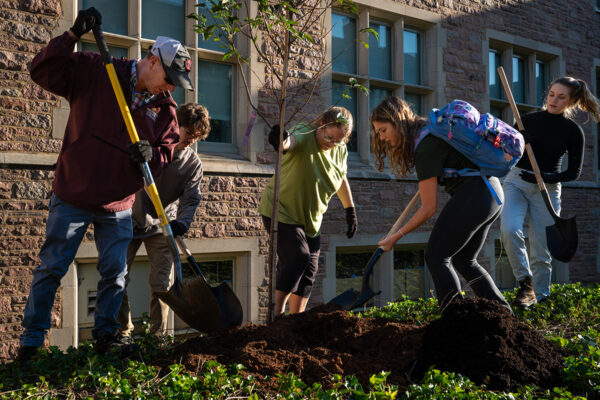Exposing ‘forever chemicals’: Rob Bilott brings his fight to WashU
Rob Bilott, the attorney who exposed DuPont’s water contamination cover-up, will speak April 7 for the Assembly Series. “Dark Waters,” a film based on his fight for justice, screens in advance.
WashU launches FARM to drive food system transformation
Rooted in public health, WashU’s new FARM initiative reimagines agriculture to improve nutrition, sustainability and food access for communities worldwide.
Environmental Research and Creativity Week planned
WashU’s Center for the Environment, together with its partners, is gearing up for Environmental Research & Creativity Week, Feb. 24–28.
Nothin’ but pawpaws in the pawpaw patch
Pawpaws are the state fruit tree of Missouri. But the trees tend to choke out woody bushes and flowering plants nearby, exerting a haphazard kind of pressure on would-be neighbors, according to research from WashU.
Saving forests and alleviating poverty
WashU sophomores work with villagers in rural Madagascar to conserve biodiversity.
Island biodiversity rides on the wings of birds
Bird wing shape — a proxy for long-distance flying ability, or dispersal — is a trait that influences biodiversity patterns on islands around the world, according to research from WashU biologists.
A high-tech way to track an age-old problem
When the Meramec River flooded, students in the “Geospatial Field Methods” course in Arts & Sciences had an opportunity to study a significant regional event in real time. Bring on the “big drone.”
Researchers create novel electro-biodiesel more efficient, cleaner than alternatives
Joshua Yuan at Washington University in St. Louis and Susie Dai at the University of Missouri, along with colleagues at WashU and Texas A&M, created biodiesel with electrocatalysis and bioconversion.
Converting CO2 to solid carbon yields benefits for batteries
A Washington University researcher has received a $1.5 million grant from the Department of Energy to convert carbon dioxide into carbon nanotubes that could be used in lithium-ion batteries.
Home to 6,500 trees, WashU Arboretum earns rare status
The WashU Arboretum, home to some 6,500 trees across the Danforth Campus, recently received Level III accreditation by the ArbNet Arboretum Accreditation Program.
Older Stories
